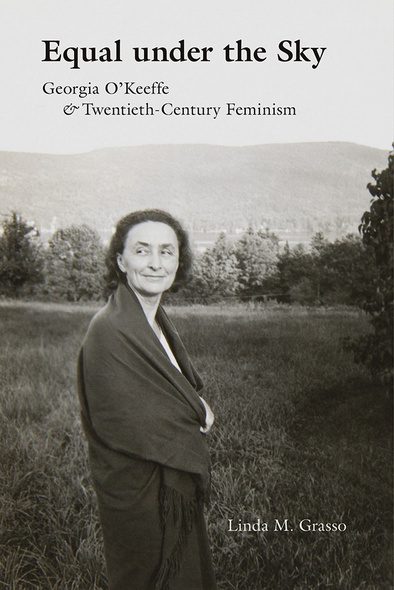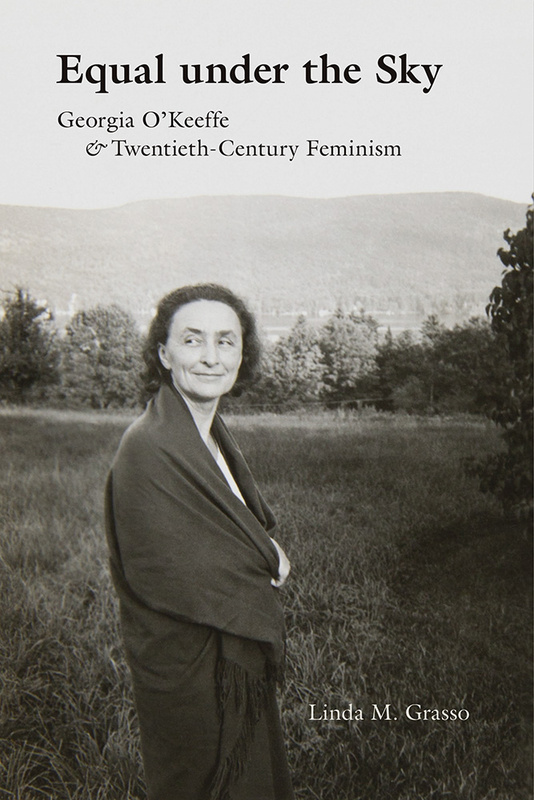
Equal under the Sky
Georgia O’Keeffe and Twentieth-Century Feminism
2018 Choice Outstanding Academic Title
Equal under the Sky is the first historical study of Georgia O'Keeffe's complex involvement with, and influence on, US feminism from the 1910s to the 1970s. Utilizing understudied sources such as fan letters, archives of women's organizations, transcripts of women's radio shows, and programs from women's colleges, Linda M. Grasso shows how and why feminism and O'Keeffe are inextricably connected in popular culture and scholarship. The women's movements that impacted the creation and reception of O'Keeffe's art, Grasso argues, explain why she is a national icon who is valued for more than her artistic practice.
With a generous understanding of feminism's complexities and the fraught position American modernism allotted women artists, Grasso . . . produced a rich, thoughtful study that contributes substantially to scholarship on O'Keeffe and reconfigures pervasive ideas about the relationships among women, visual art, and feminism.'--New Mexico Historical Review
In this engaging and provocative study, Linda M. Grasso positions Georgia O'Keeffe's identity and art making, her lived experiences and social/political allegiances, within the larger historical context of contested feminist politics in twentieth-century America. Combining a deeply researched discussion of the complexities of feminist movements in the US with biographical information drawn from an impressive array of primary sources, Grasso opens new possibilities for understanding and evaluating O'Keeffe's continuing but conflicted relationship with varied aspects of American feminist experience.'--Helen Langa, author of Radical Art: Printmaking and the Left in 1930s New York
Offers a fresh look at Georgia O'Keeffe and the multiple ways that feminism shaped her art, artistic identity, and career. Drawing from rich primary sources, including fan letters to O'Keeffe and media coverage of the artist, Linda M. Grasso demythologizes O'Keeffe's self-representation as a gender-transcendent great American modernist and gives us a picture of O'Keeffe's art as political and intricately connected to the feminist movements that shaped modernism and twentieth-century American culture.'--Donna Cassidy, author of Marsden Hartley: Race, Region, and Nation
Linda M. Grasso is a professor of English at York College and of liberal studies at the Graduate Center at the City University of New York. She is the author of The Artistry of Anger: Black and White Women’s Literature in America, 1820-1860.
List of Illustrations
Acknowledgments
Introduction. Georgia O'Keeffe and Feminism
Chapter One. Living Feminism in the 1910s
Chapter Two. The Artist Idea
Chapter Three. Women in the Picture
Chapter Four. "You Are No Stranger to Me": Women's Fan Letters
Chapter Five. Georgia O'Keeffe's Self-Portrait
Chapter Six. Feminism as Politics and Art
Notes
Bibliography
Index




